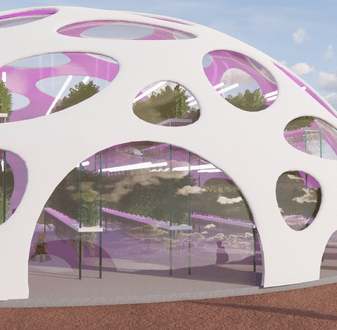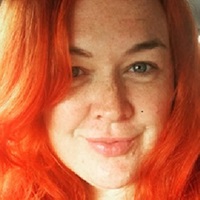The 12-week 'Mars Brief' teaches students from every discipline about design thinking. Whether they're Games, Fashion, Interiors, Digital Media, or Communications design students, they learn how to apply this human-centered framework to solve any problem—no matter how complex or new.
“What we've tried to do is really kind of take it out-of-the-box and make them think about what would happen if we had to create a colony on Mars, because Earth is no longer inhabitable,” explains Cheri Flewell-Smith, Lecturer, Design and Creative Technology at Torrens University Australia.
Cheri says it’s a bit of an out there brief, but looking at what Elon Musk is up to, pioneering a quest to Mars, she asks ‘Is it really that out there?’
Double Diamond design process explained
The Double Diamond methodology is a non-linear path that conveys the design process, encouraging students to explore a divergent and convergent approach to problem-solving and defines their creative confidence.
"Students are encouraged to adopt a human-centred approach, a rhythmic exchange between empathy, creativity and reasoning to drive meaningful outcomes," Mark O'Dwyer - Program Director, Design Common Core.
“What happens is we get this really beautiful collaborative process amongst each group of five students, where we have fashion designers come together with games designers and communications students, and they tackle this brief together,” said Cheri.
“It's not just about learning design thinking. It's also about learning those really key leadership skills as well, those soft skills that make you employable.”
The upstream design thinking process promotes an undefined challenge, an open assessment where students adopt an open-frame approach and provide a fresh set of perspectives and insights, its assumption free. It also encourages students to embrace a growth mindset and seek a deeper understanding of the problem they've been tasked with solving.
“There is a wonderful kind of mash of skills that you're getting. You're not just learning those theoretical skills.
The brief has been live for a year now, and the current group of students are the third group to investigate what life might be like on the fourth planet from the sun.
"We've had some wonderful expressions of creativity in terms of visualizing what a future colony on Mars might look like. It's not just about designing what already exists. It's really about futurescaping and envisioning a new way of living and bringing those things together,” said Cheri.
“It’s about students networking”
The students from all disciplines team up so the groups have one participant from each discipline.
“It's about networking. It really is about kind of getting out of your comfort zone as a student completely. I had one student say it was one of the best experiences that she's ever had. She said it was such a bonding experience and it was the first time she really got to mix with students outside of her discipline.”
"It also reflects how you work in industry now. We're now seeing truly interdisciplinary agencies and studios emerge, that might have a communication designer working alongside an interior designer. It's no longer about siloed specialist agencies anymore," said Cheri.
“’Discover, Define, Develop and Deliver’ was a clear look into practical design practices. For me it became a chance to see how to bridge the gap between being creative and project management; it taught me a framework to both explore my ideas freely while making sure I worked towards a specific goal and outcome. Not limited, but directed,” explains Mikhael O'Brien, Game Design and Development Student.
A key part of the Double Diamond journey is feedback
What this subject does, is foster leadership skills on how to give someone critical feedback, and importantly, how to receive it, and that's not always easy.
It's about reimagining and reconstructing what schooling might look like, how do we sustain ourselves physically, mentally, emotionally and spiritually? What kind of economy is there, if there is one? How about hierarchy? Is this a democratic society?
Life on Mars concepts
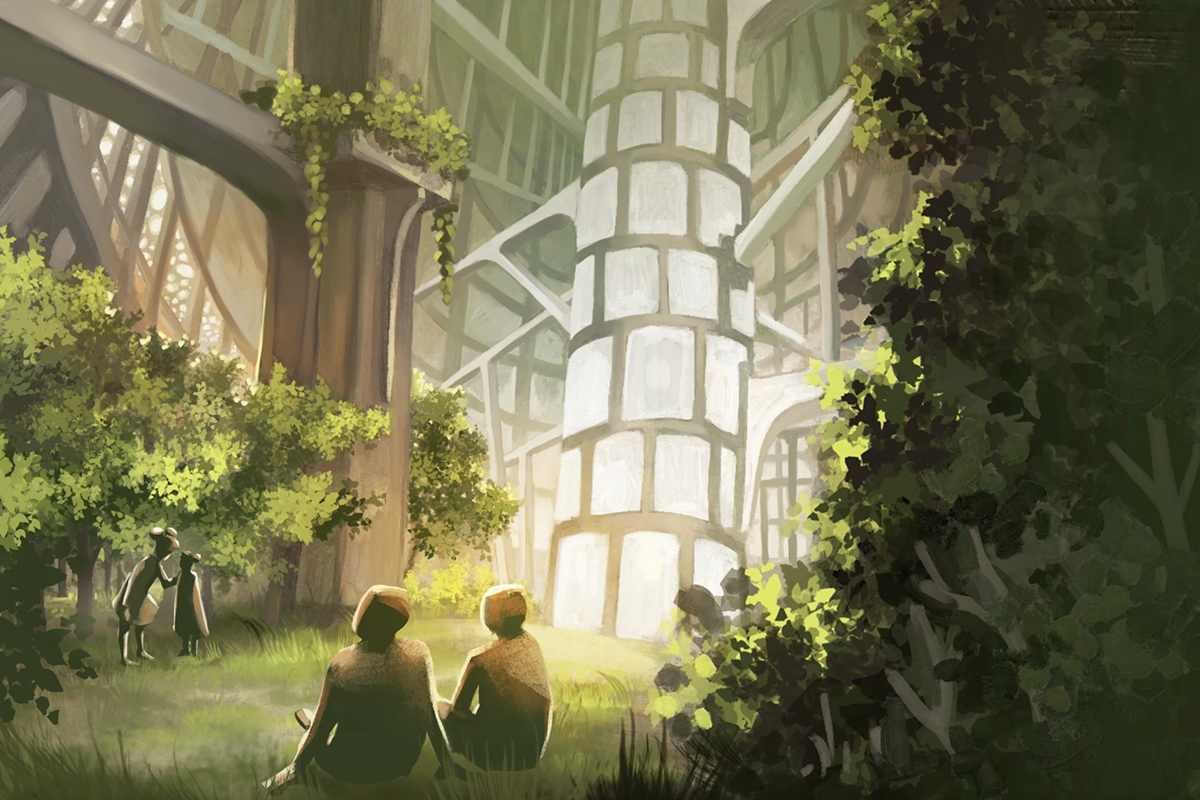
Mikhael O'Brien - Mars concept renderings
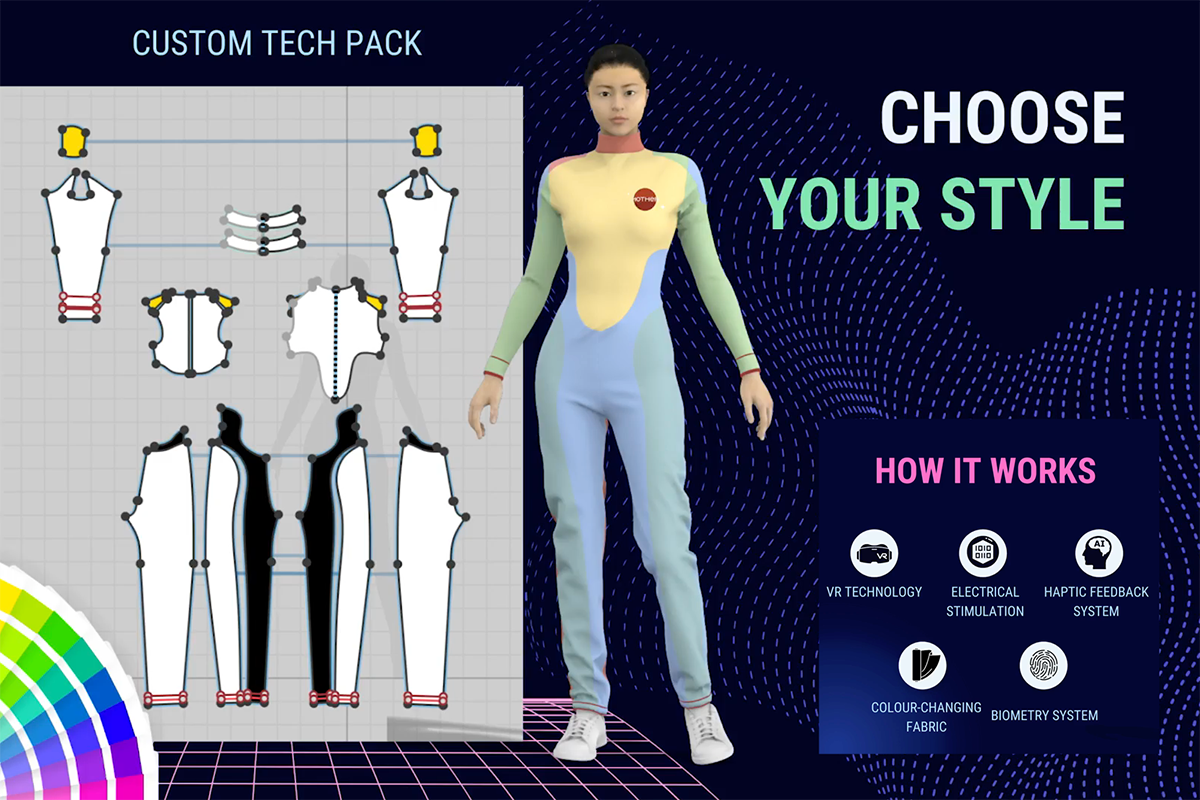
Bianca Heinz – Well Suits with inbuilt VR, biometry system and haptic technology.
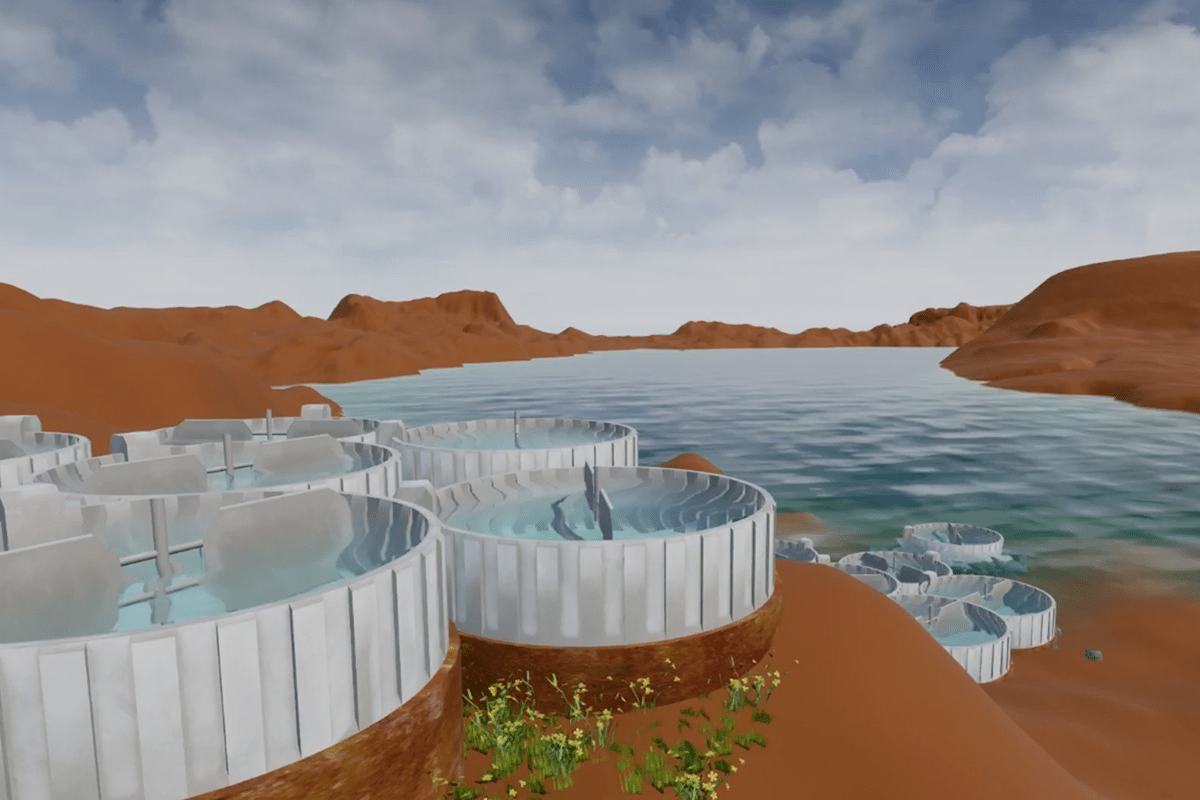
Edwina Leeper – Algae Colonies concept
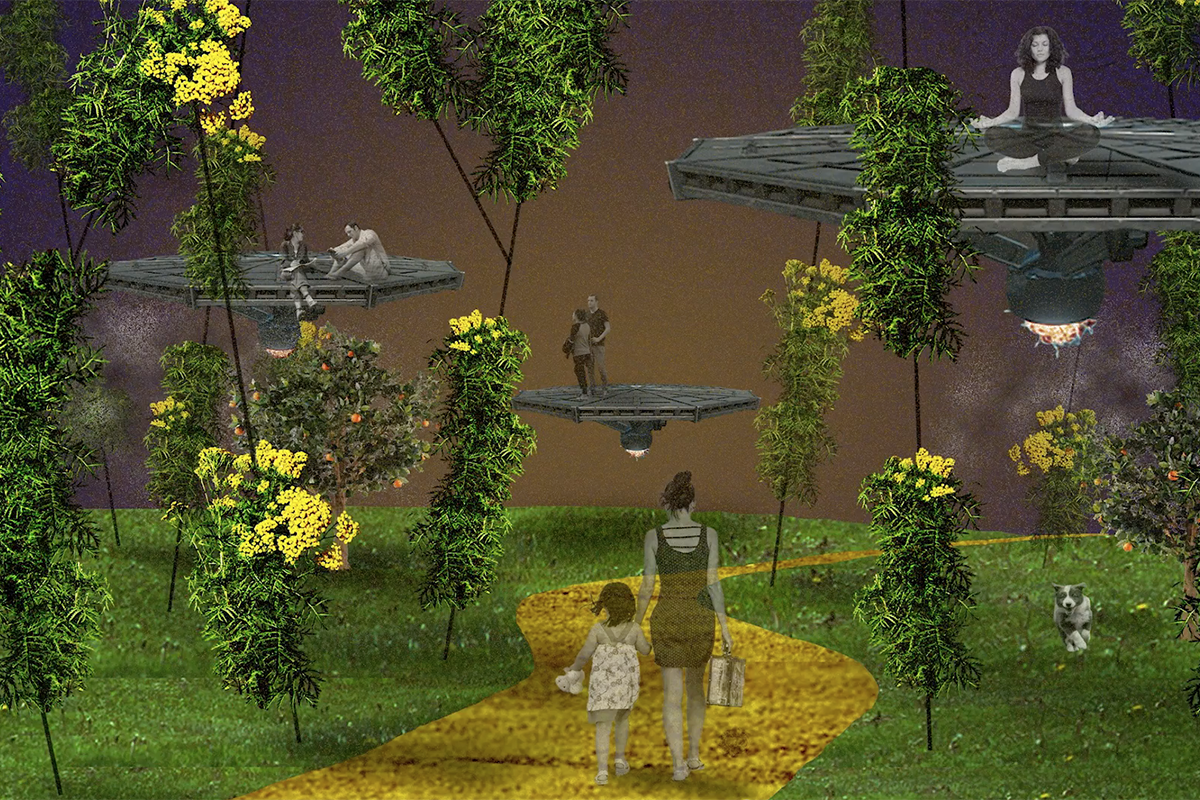
Druvorn Ngawati – A visualisation of wellness spaces on Mars
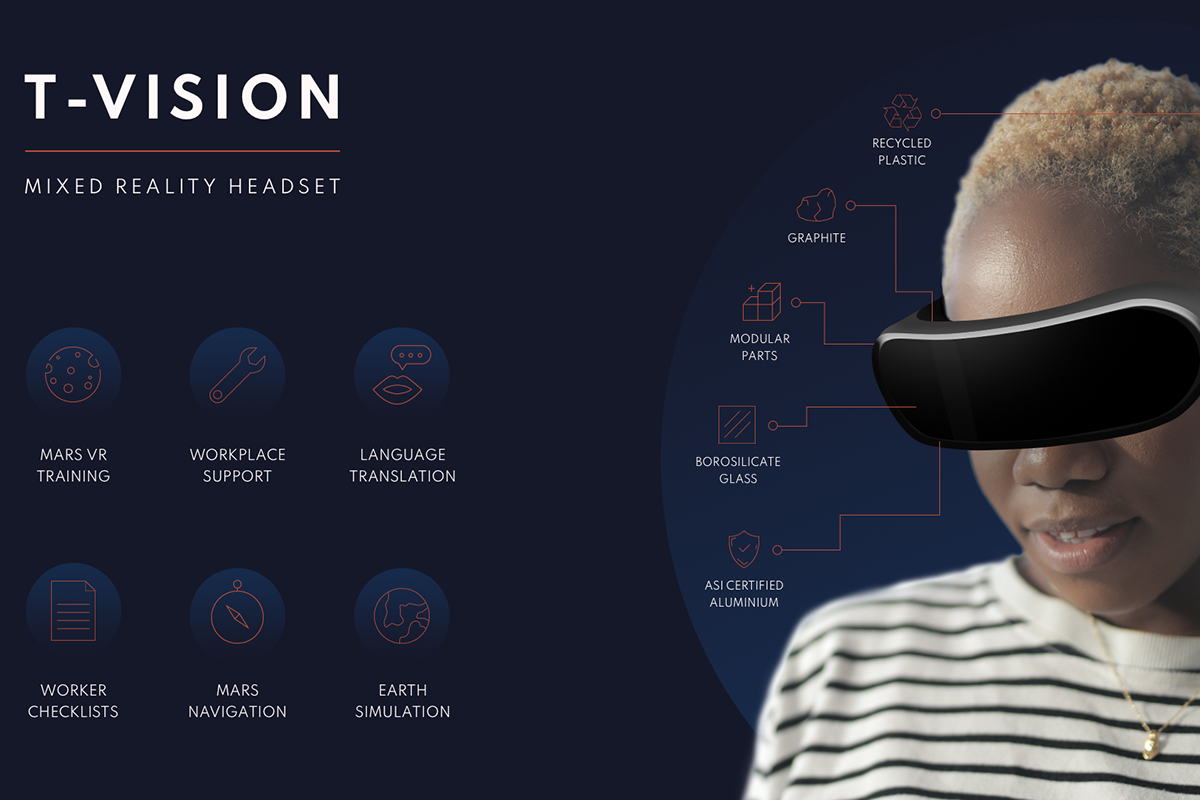
Rachel Armstrong – mixed reality headset concept
“I can absolutely see how the Double Diamond process could be successfully utilised in any ‘real world’ design agency setting, regardless of the industry, client or project to tackle the most challenging of briefs,” said Rachel Armstrong, Communication Design.
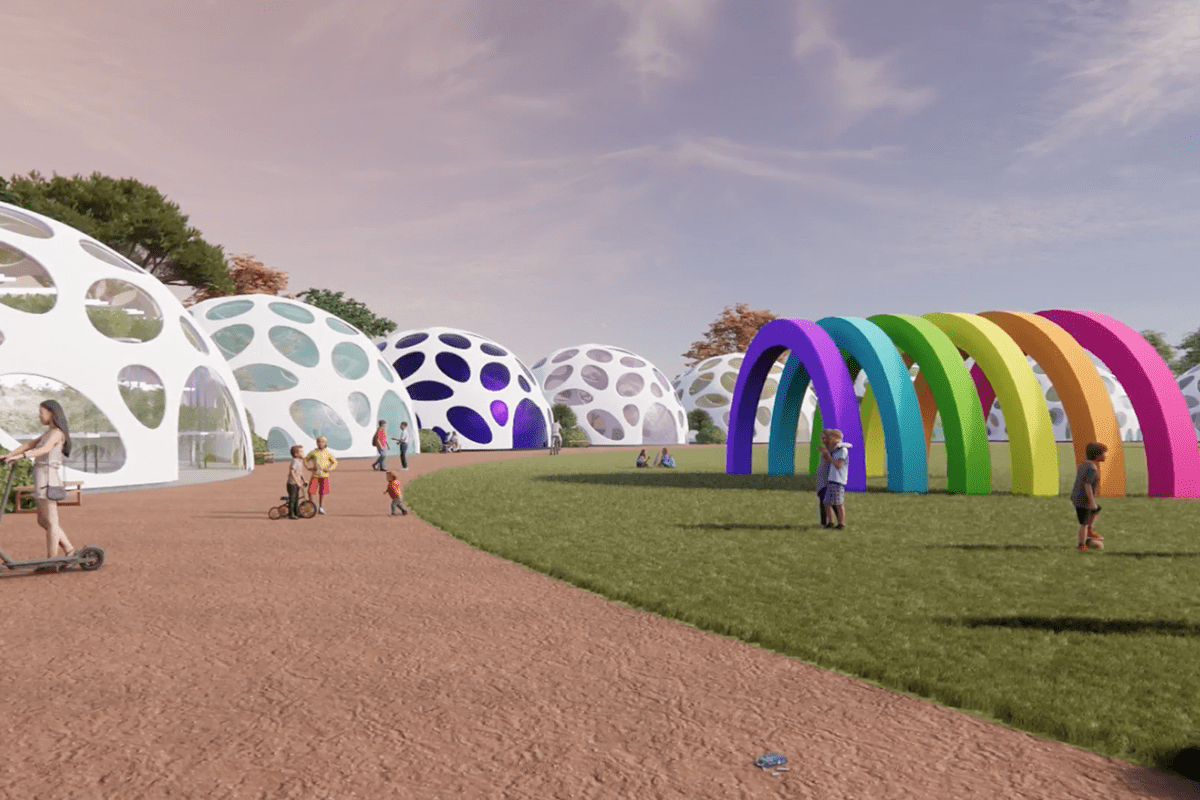
Shterna Raskin – Reimagined schooling on Mars
How do a group of designers approach a science research project?
They start the same way they would any project, Cheri explains, by challenging their initial assumptions, conducting primary and secondary research, and then defining the challenge. It's a non-linear process, so they loop backwards and forwards through the 4 phases as they prototype ideas.
“But we do have one condition with all of their concepts is that they have to be deployable. The technology has to exist even if it's not mainstream technology.”
All of the thinking is embedded in science. Everything must be feasible currently.
“This is very much not just designing the infrastructure; it's about creating a colony or a place that people would actually want to live. It's very much about a human-centred approach. They have to think about what a human being needs to not just survive but also thrive in terms of mental health and well-being. So, it's a big challenge and they approach that through two lenses,” Cheri explains.
“Forecasting what a human might need for a particular life span on a colony, and the other is through Maslow's hierarchy of needs. Going back to those core things we all need to actually reach that tier of self-actualisation. Asking ‘What does that look like?’ ‘If we had a chance to recreate all of the things that have gone wrong on Earth and remedy through our new colony, how would we go about that?’ They're huge.”
Maslow's hierarchy of needs
American psychologist Abraham Maslow, in his 1943 paper "A Theory of Human Motivation", suggested a theory of psychology explaining human motivation based on the pursuit of different levels of needs. The theory, also known as Maslow’s Pyramid, states that humans are motivated to fulfill their needs in a hierarchical order including physiological (food and clothing), safety (job security), love and belonging needs (friendship), esteem, and self-actualization.
To date, some teams have presented really interesting ideas. One group offered an 'Alpha Gen' colony because they believe every other generation before them created all the problems. Others explore a '100% zero-impact regenerative' colony, another explored the idea of creating a 'survivalists' colony.
Cheri says this subject perfectly builds on their other core subjects but because this is such an out there brief, this gives students the green light to really challenge the status quo.
“We tackle big philosophical questions. We also discuss science and ethics. And by doing so, this brief creates a real talking point for their portfolios,” said Cheri.
“This is not so pie in the sky,” explains Cheri. “If they were sitting in front of Elon Musk or a potential investor this is their chance to truly demonstrate their visionary thinking skills.”
The Double Diamond subject bypasses traditional assumption-based design thinking methodologies by cultivating an entrepreneurial mindset and employing an open assessment approach with our students.
“At the end of the 12 weeks, they're pitching against each other. It's not about having a good idea... It's about having the best idea,” said Cheri.
“Everyone in our team had a chance to showcase their skills and areas of expertise,” said Jessica Pucekova - Commercial Interior Design. “If I could retake this subject again I would in a heartbeat. I had such an amazing time working with my team and being introduced the double diamond methodology as the process is one of which will live with me forever.
It's at the third assessment milestone when ideas are shared with the entire class, when each group can gauge where they’re at competitively speaking.
